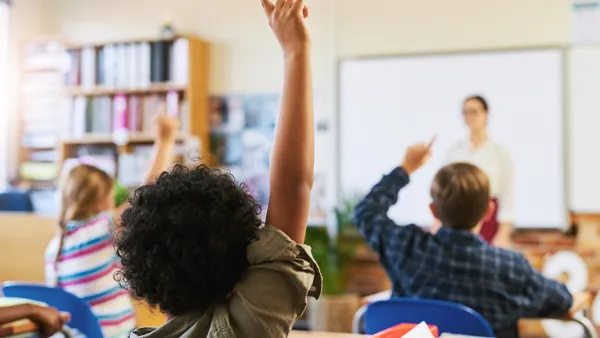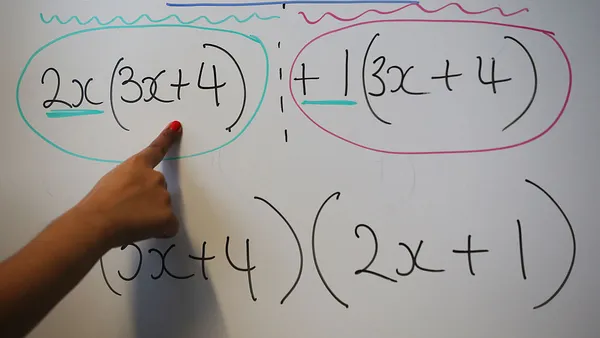Dive Brief:
- At King Middle School in Portland, Maine, personalized learning is put into play through students' social and collaborative work, which has been a major pillar of the school for decades, according to The Hechinger Report. Deviating from trends that emphasize technology and potentially isolating personalized learning trends, students at King — a mentor school of the EL Education network — succeed when they do so as a group, which can include final projects that are produced together.
- Every EL school and its staff are required to undergo professional development and experience co-teaching among other activities that prepare them to join the network, with additional requirements including that educators also agree to the new teaching style, 40% of students be from low-income households, and the school must pay a fee that starts at about $50,000 a year but can eventually decline to $15,000.
- According to the model, the focus is always on students working together, which means online tools that can silo children into solitary computer terminals are not banned but are also not a priority.
Dive Insight:
Collaboration, or the ability to work in concert with peers to create a solution or result, is one of the core 21st century skills schools should arguably teach students today — and one employers are looking for in future hires. However, some college graduates appear to be starting their first jobs without effective skills in communication or peer collaboration.
While teachers may indirectly encourage students to work together on classwork and projects, administrators can ensure this soft skill is a focus by creating curriculum that fosters collaboration through its design. Curriculum designers and other school leaders can utilize online resources including the Center for Collaborative Classrooms, which offers a full-year curriculum for grades K-6 and samples that can be downloaded for free.
Administrators may not want to ignore creating new classroom spaces that lend themselves to more collaborative work, such as flexible seating or desktops that students can write on like a chalkboard and share their work with peers. Mobile furniture can also enhance learning, breaking up a lesson by giving students a way to, quite literally, shift their perspective.
Few careers encourage individuals to constantly work alone. Even if some tasks require someone to concentrate on their own, final projects usually result in a group effort. As a result, students who are taught the value of teamwork early and see how their grades are impacted by peer-to-peer collaboration will be better prepared when it’s time to apply to jobs.












